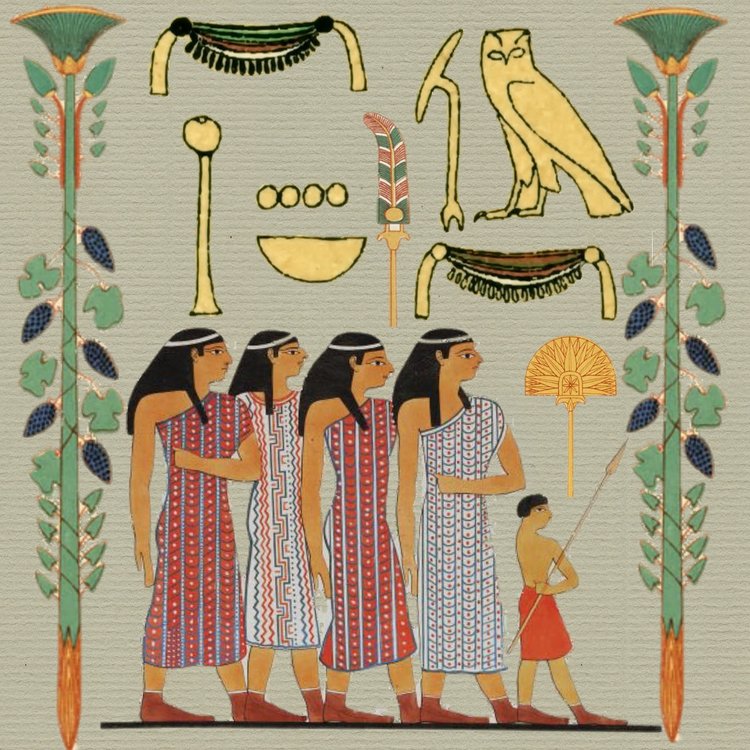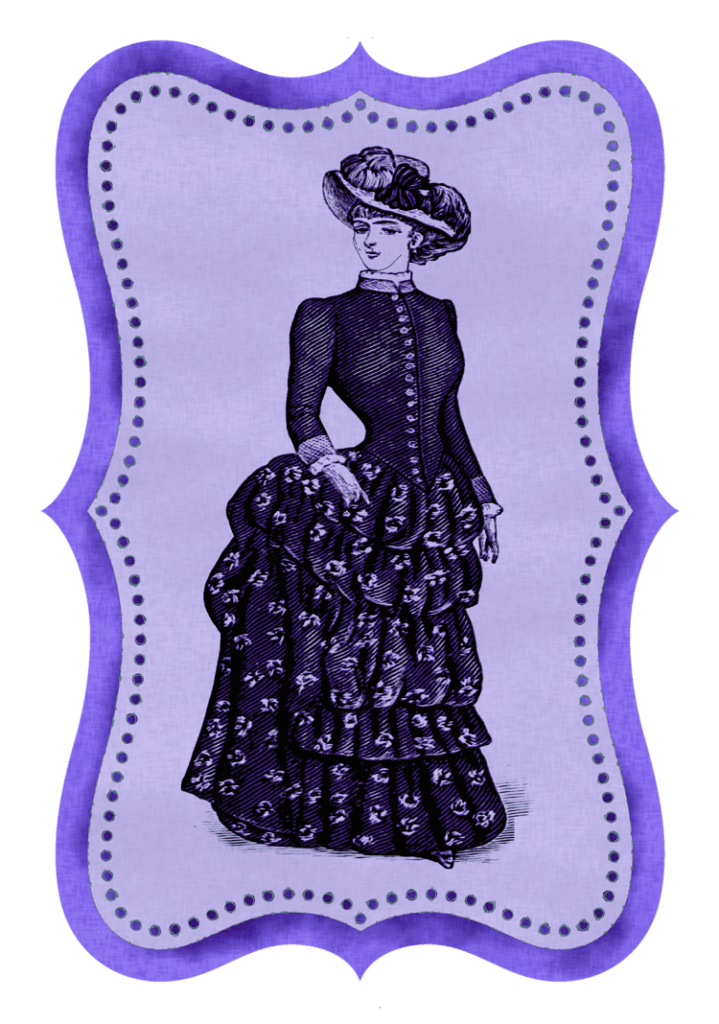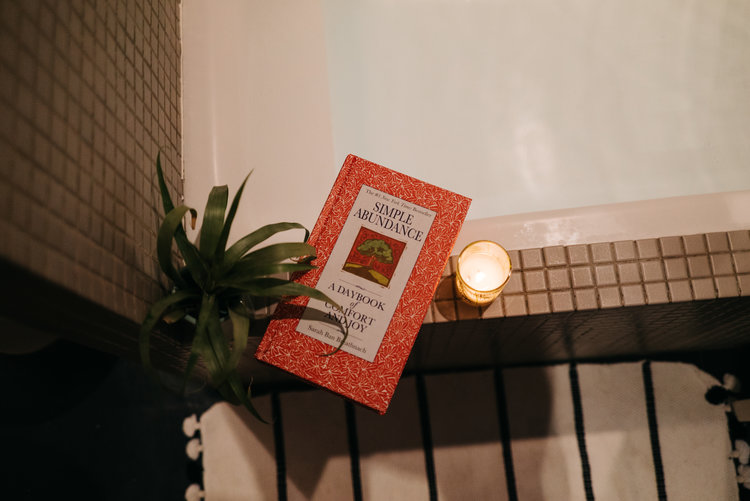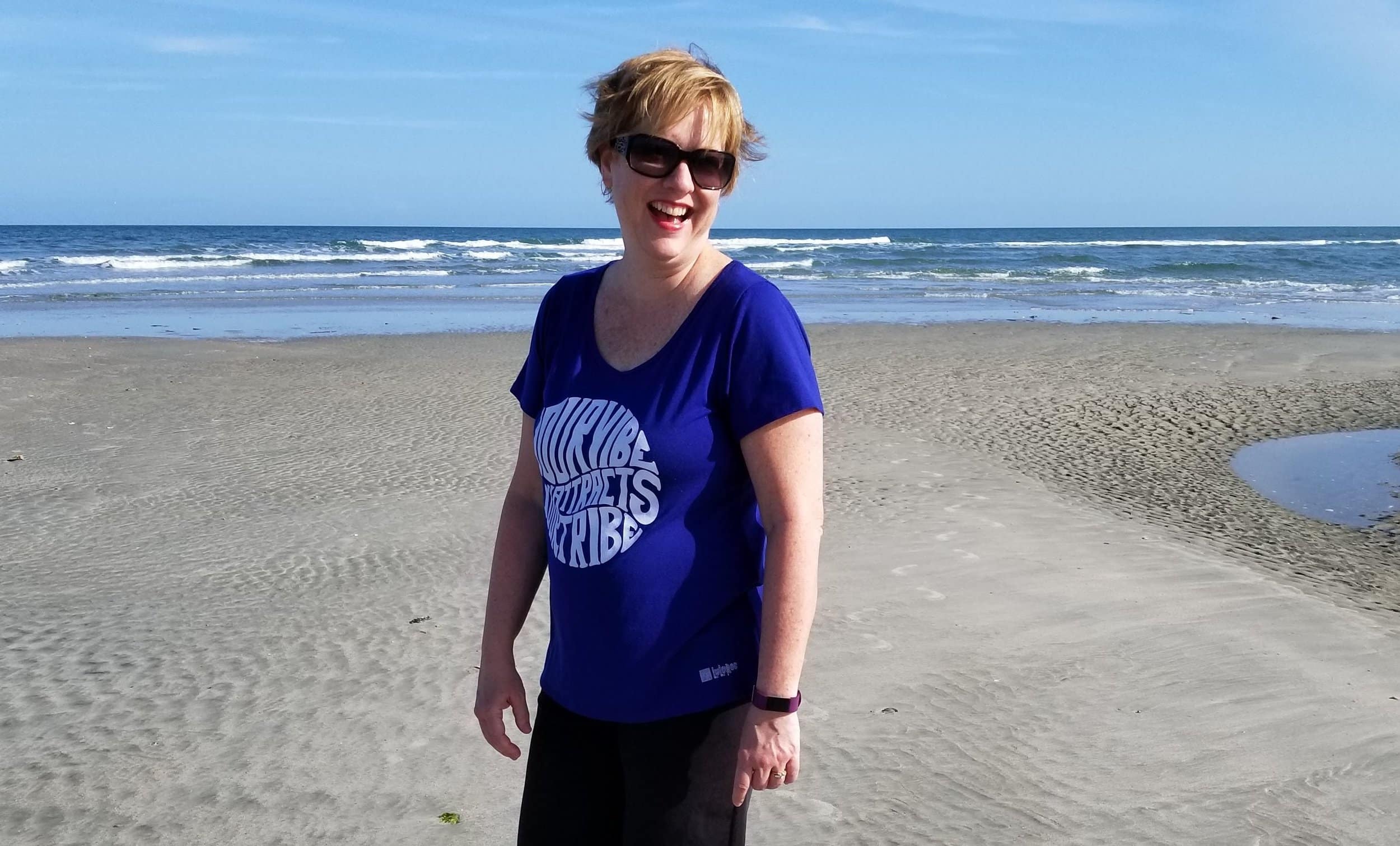We’re all shaped by the cultures in which we live. What’s “good” or “desirable” in one culture may not be so in another, and with a concept like body image, that’s food for thought.
Media and culture are inextricably linked, especially in today’s instant gratification society. Some might find it surprising that entire news feeds are devoted to the topic of body image. Some of the stories are body positive, and others are not. But, people all over the world are seeing these stories and comparing themselves to what they see. How we see ourselves impacts the way we think and feel, and comparisons may serve only to frustrate us.
A Historical Look at Body Image
If we want to understand body image, maybe we should step back in time. In early 2018, the Museum at the Fashion Institute of Technology hosted an exhibition called “The Body: Fashion and Physique.” The exhibition demonstrated how the body—one’s physical form—becomes part of fashion and, therefore, culture.
For centuries, women have felt pressured to look a certain way. Artifacts from as early as 30,000 BC depict women as pear-shaped and full-figured. Anthropologists posit that curviness represented the power of the female body—fertility, in particular—during the paleolithic period, thus making it the ideal body type to grow the population (Dixson & Dixson, 2011; Merelli, 2018).
As civilizations developed, the ideal changed, and fertility was no longer as critical as before. In ancient Egypt, women were encouraged to exercise their independence and enjoyed equal citizenship with men (Fletcher, 2013). This cultural shift allowed many women to work outside the home and, as a result, their body types changed because they were working in roles that required some physical labor. Those who were slender were considered most beautiful.

Sooke (2016) notes that both men and women of ancient Egypt wore eye makeup and jewelry. Most of the jewelry was typically of religious significance, but makeup wasn’t necessarily a cultural tradition. While it definitely enhanced appearance, makeup served a more practical purpose: it helped reduce the sun’s glare. But, it was made of lead-based kohl, which, with continued use, is poisonous.
Interestingly, in ancient Greece, men were held to a much higher physical standard than women. While the ideal woman was, once again, full-figured, men were expected to be exceptionally physically fit. According to Hughes (2015), wealthy men in Athens or Sparta would spend as much as eight hours a day exercising. It was during this time that beauty contests became popular—for both women and men.
Throughout the Middle Ages, Renaissance, and Victorian periods, voluptuousness was considered a symbol of wealth and prosperity. Corsets became all the rage for women; the balanced hourglass figure was perceived as desirable, but women, men, and children endured considerable pain to achieve that look. Originally developed to correct physical deformities and to provide extra support, the corset has since been associated with “elegance and repression, empowerment and victimization” (Erkal, 2017, p. 109). This time period also was one of lotions and potions. To achieve a perfect complexion, Elizabethans wore lead paint as makeup, and Victorians used arsenic as skin lotion, poisoning themselves slowly with every application.

Body Image in Modern Culture
It wasn’t until the early 20th century that the next major shift occurred in what society deemed “beautiful.” In the US, in particular, women wanted to be equal to men, and they pushed the envelope by making themselves look more masculine. Androgyny, which is characterized by a boyish, curveless figure and shorter haircut, became popular. After the Nineteenth Amendment was ratified, curves were once again in fashion—for a time.
The wealthy and famous have always influenced what society considers the “norm.” By the 1960s, many homes had televisions, and movie theaters were popping up everywhere. Celebrity influence quickly became even more prevalent. Over the last 60 years, the ideal has ranged from waifish to athletic, changing with the daily barrage of media images.
Now, women want to be thinner, and men want to be more muscular. Cosmetic surgery is more common than ever. People often look for quick fixes to things they perceive as imperfect—all in the name of chasing that ideal body image.

Throughout history, people have gone to great lengths to achieve a certain look, but often it’s been at the expense of the body. Perhaps we need to reshape how we think about body image. Stopping to celebrate how good we feel, how strong or resilient we are, and how our bodies allow us to function every day could make a big difference in how we perceive ourselves—how we look, how we feel, how we are.
Body image doesn’t need to define us. Walt Whitman once said, “If any thing is sacred, the human body is sacred.”
What is one small thing will you do today to celebrate your body and treat it as sacred?

References
- Dixson, A. F., & Dixson, B. J. (2011). Venus figurines of the European Paleolithic: Symbols of fertility or attractiveness? Journal of Anthropology. doi:10.1155/2011/569120
- Erkal, M. M. (2017). The cultural history of the corset and gendered body in social and literary landscapes. European Journal of Language and Literature Studies, 3(3), 109-118.
- Fletcher, J. (2013, March 28). Women in ancient Egypt were more than just mummies. Retrieved from https://www.theguardian.com/tv-and-radio/tvandradioblog/2013/mar/28/women-ancient-egypt
- Howard, J. (2018, March 9). The history of the “ideal” woman and where that has left us. Retrieved from https://www.cnn.com/2018/03/07/health/body-image-history-of-beauty-explainer-intl/index.html
- Hughes, B. (2015, January 10). Would you be beautiful in the ancient world? Retrieved from https://www.bbc.com/news/magazine-30746985
- Merelli, A. (2018, September 23). Paleolithic women likely knew a lot more about loving their bodies than we do. Retrieved from https://qz.com/quartzy/1399713/a-different-view-of-gender-in-prehistoric-society-and-art/
- Sooke, A. (2016, February 4). How ancient Egypt shaped our idea of beauty. Retrieved from https://www.bbc.com/culture/story/20160204-how-ancient-egypt-shaped-our-idea-of-beauty
The most recent posts
I’m going back to my roots. Literally. I’ve been highlighting my hair for longer than I’ve had a driver’s license. And this week, without much thought or realization of the significance, I asked my stylist to match the top half of my hair to the bottom half. Under all that blonde, I’m apparently a natural brunette. ...
Read Field Note“Love takes off the masks we fear we cannot live without and know we cannot live within.” James Baldwin Today, we’re living in a divided world of “us” and “them,” of people who think/look like me and those who don’t. When things are going well, when we’re around people like us, it feels easier to ...
Read Field NoteI laughed with my family and colleagues this week sharing that I was this year’s banquet keynote. The class of ‘93 over there is probably laughing too. I also told many of them I’d start this address tonight with a reminder: I’m lucky I finally made my way out of Mr. Evans’ office to speak ...
Read Field Note
Subscribe to our newsletter
Sign up with your email address to receive our monthly newsletter. What do we send your way? Recommended resources, introspective content, information on upcoming events, & more.

